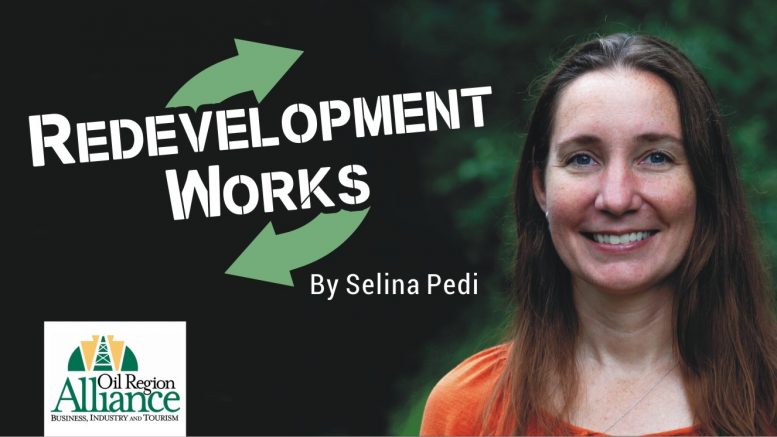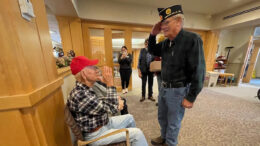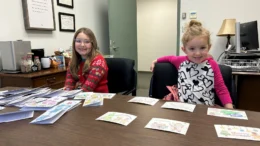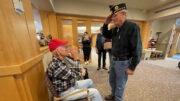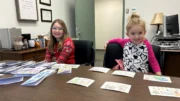Life has changed considerably in the nearly four centuries since colonists established the first public school in America. In the early 1600s the focus of such schools was to teach young men the Puritan principles of virtue and community responsibility. Lessons were taught in Latin and focused on religion and classical philosophy. Through the Revolutionary Era, schools evolved into multi-age classrooms where debate, speech, and statesmanship were added to the curriculum, preparing boys to be leaders of the fledgling United States. Such schools were generally not free for students to attend; most required families to contribute directly in some form or fashion.
It wasn’t until 1837, near the end of the first Industrial Revolution, that the first taxpayer-funded public school and first state Board of Education were created. Mirroring the shifts in challenges and priorities of the country itself, academics – particularly basic literacy and math skills – became the primary focus of this new public education system. By the late 1800s, though, there was already a push to change the nature of education once again, with reformers advocating for a progressive education, one that prioritized personal responsibility and active citizenship alongside academics. Our modern form and structure of public education didn’t come about until the 1950s, and even that has continued to evolve over time, reflecting the ever-changing needs and priorities of our society.
My conversation with Superintendent David McDeavitt frequently touched on this process of adaptation, and how public schools have changed over our lifetime. We talked about the rise of standardized testing as the primary method of assessing student success, the emergence of dangers such as school shootings, and, of course, the impact of public health threats like COVID. Dr. McDeavitt noted that the one constant at A-C Valley is the culture of community, a culture his father experienced in the 60s as a laborer building the high school, and a culture he now experiences every day as superintendent.
What makes this culture so important, he noted, is that the ability to adapt and respond to challenges starts with the community. In 2012, when A-C Valley was one of 56 school districts around the state to receive funding through a multi-year federal literacy initiative, it was the support of the community that helped make local programs successful. In particular, Dr. McDeavitt recalled the popularity of their Reading Under the Lights program, where parents would join their children for fun, reading-based activities on the school football field. The community has also been extremely supportive of upgraded safety features and protocols around the school campus, and the school district worked closely with students’ families to organize realistic, workable solutions to the constraints of the current pandemic.
Dr. McDeavitt has no doubt that the educational climate will continue to change, and he looks forward to being able to incorporate more flexibility into the curriculum itself, harnessing the power of technology and hands-on, engagement-based learning models. What he trusts will never change is the culture of community that makes A-C Valley such a wonderful place to work and learn.
Selina Pedi is the Oil Region Alliance redevelopment manager. She can be reached by email at spedi@oilregion.org.

